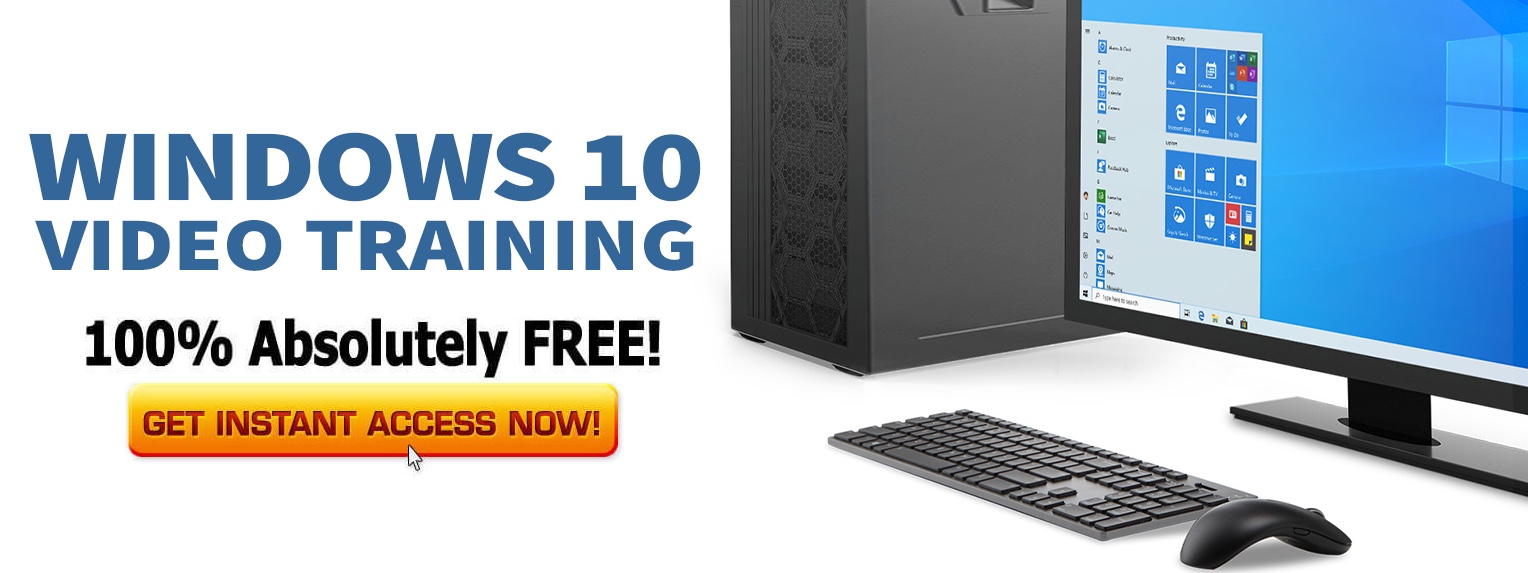
The Windows Core OS Platform
Windows Core OS is basically a modular platform.
Microsoft could build out a feature once and then would be able to use that feature on any Windows Core OS device that it wants.
For example, If Microsoft builds out an antivirus feature as a component for Windows Core OS for desktop and laptop devices. Since that work has now already been done, Microsoft can also bring that antivirus feature component to HoloLens 2 or Surface Hub 2X running Windows Core OS, enabling that functionality on those experiences too.
The shared component idea extends to the UI as well, thanks to a universal shell Microsoft has been building called Composable Shell, also known as CShell for short.
CShell is the other half of this universal idea for Windows Core OS, and allows Microsoft to build shell experiences that can be shared across devices, and even bundled up together where it makes sense.
For example, any shell-facing feature like an Action Center, Start menu, or taskbar, can then be used across all CShell-powered devices without having to rewrite them to fit on different devices every single time.
An example of how Windows Core OS would work
Zac Bowden (from Windows Central) has a really great example of how this could work.
Imagine a gaming PC that changes to an Xbox “game mode” when an Xbox controller is connected.
Let’s imagine Microsoft decides to finally build a Surface Phone running Windows Core OS. It’ll feature a mobile experience primarily, but if you connected it to a Continuum dock, Microsoft could also bundle the actual desktop experience it built with CShell. So instead of getting a fake desktop experience as you did with Windows 10 Mobile, you’d boot into the real desktop experience Microsoft made for CShell, which runs on actual desktops. That’s pretty cool.
Unfortunately, Microsoft seems just about done with trying to build phones that run Windows, so instead, we can apply this idea to something a little more plausible. Tablets! Microsoft can build out dedicated desktop and tablet mode experiences with CShell, and apply them to 2-in-1 devices like the Surface Pro. So whenever the user enters tablet mode, instead of getting a mediocre experience, it can boot into a dedicated tablet mode that Microsoft built for CShell. On some devices, maybe tablet mode is the only experience available, and on others, there’s more than one.
Or imagine a gaming PC, which, when being used with a mouse and keyboard, uses an actual regular desktop interface with a taskbar and Start menu. When an Xbox controller is connected, however, it boots into a “Game Mode” that enables the same Xbox shell you can find on Xbox consoles, except it’s all running on your PC and has all your PC games ready to go. That would be pretty cool. These ideas are all very possible with CShell and Windows Core OS.


I think this is great!
Microsoft is strategically doing what they tried to do with Windows 10 and we can see how hard it is to get this type of work done.
Millions of dollars and thousands of developers – it’s pretty hard core.
I think this is great!
Microsoft is strategically doing what they tried to do with Windows 10 and we can see how hard it is to get this type of work done.
Millions of dollars and thousands of developers – it’s pretty hard core.